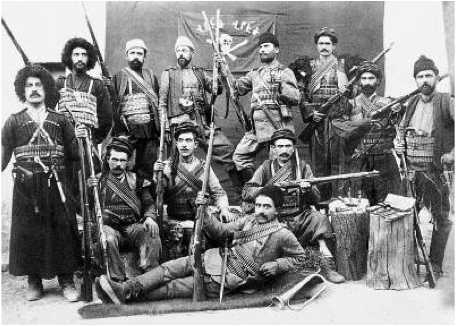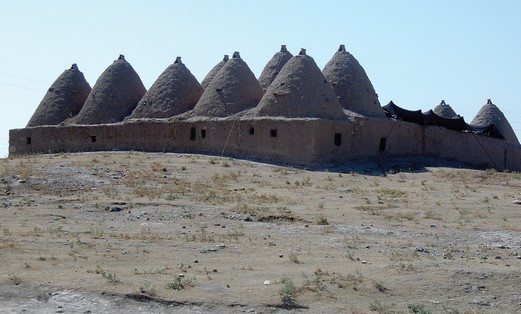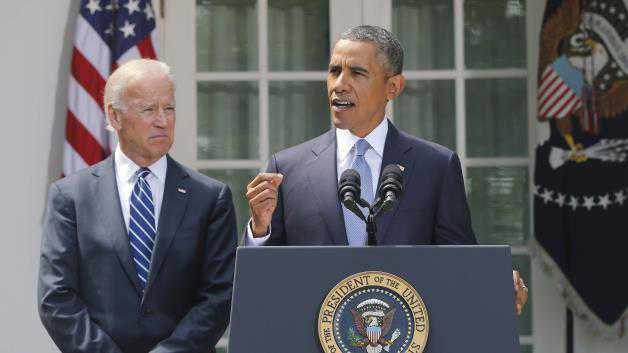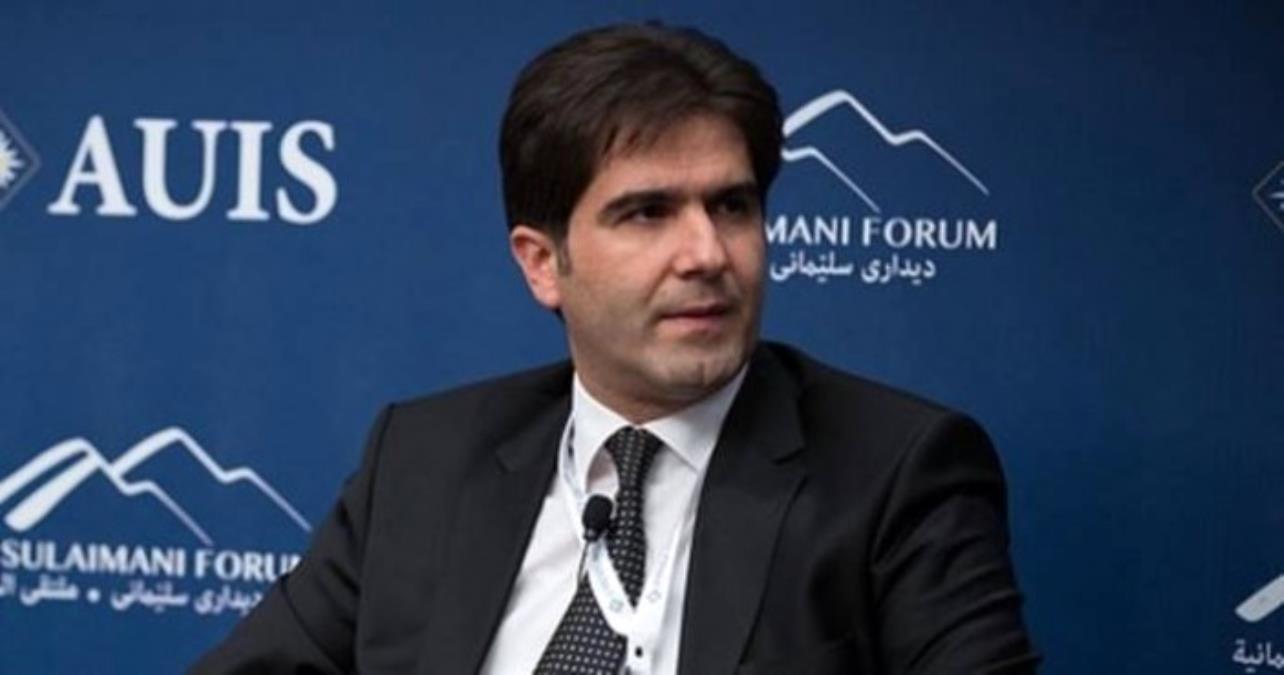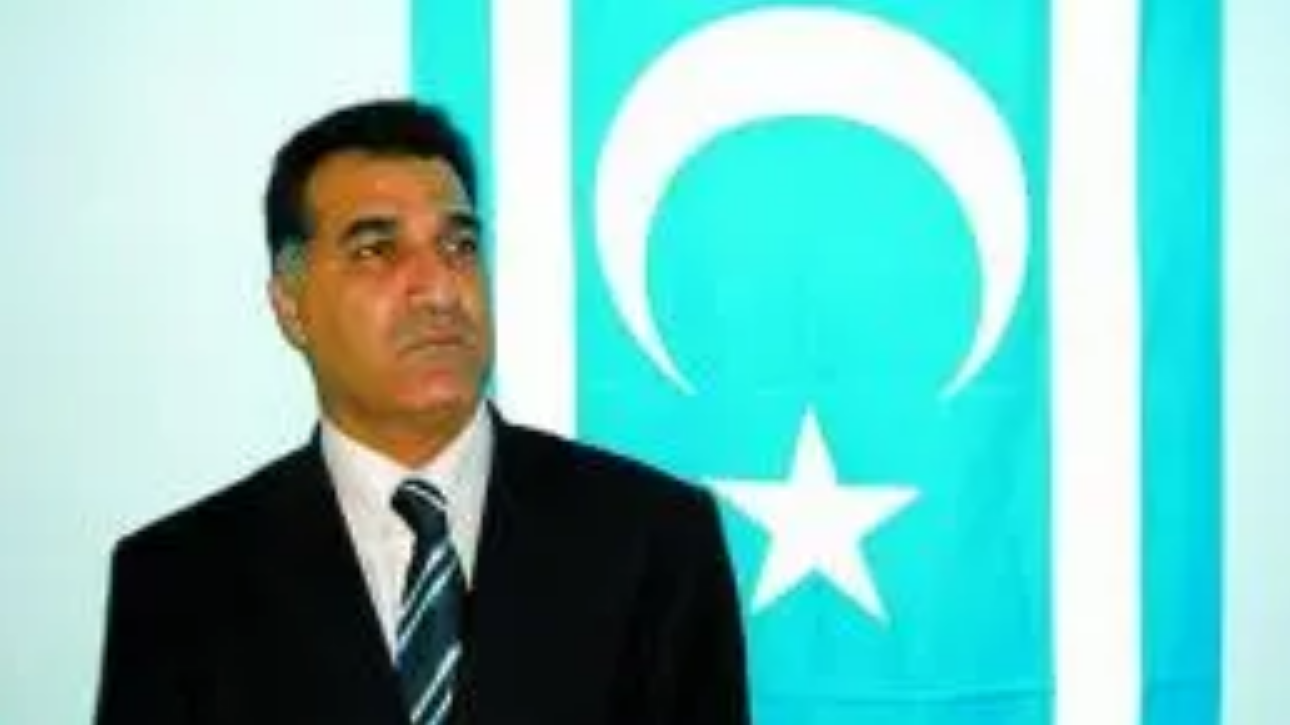By Mohammed A. Salih, IPS News. Posted March 7, 2009.
The balance of power in Iraq is quickly tilting toward forces that Kurds perceive as hostile.
COLUMBIA, Missouri, U.S., Mar 3 (IPS) — When U.S. President Barack Obama announced his plan last week to pull out all U.S. combat troops from Iraq by September 2010, the news did not generate much enthusiasm among Iraqi Kurds.
A simple math operation reveals the reasons behind the Kurds’ anxiety — add the withdrawal plan to the recent staggering victory of Iraqi Prime Minister Nouri al-Maliki’s supporters in the country’s recent provincial elections.
Kurds are now counting on Obama’s oft-repeated pledge for a “responsible” withdrawal, hoping their interests will be preserved. But a review of statements by Kurdish and U.S. officials reveals the two sides are mostly talking at cross purposes when they speak of “responsibility.”
Recently, Kurdish Prime Minister Nechirvan Barzani gave his interpretation of the term “responsible.”
“I restate that the role of the United States should be to help resolve the problems in Iraq such as Article 140, the oil law, and the law on the distribution of its oil wealth,” Barzani told reporters in the northern city of Irbil, tallying the list of contentious issues between Kurds and Iraqi government.
Article 140 refers to a constitutional provision to settle the critical issue of disputed territories between Kurds and Iraqi Arabs, including the gold-prize contested city of Kirkuk which is afloat on some of the world’s largest oil reserves.
But for the U.S., “responsibility” appears to mean making sure Iraqi security forces can take over the task of protecting the country against rebellious forces once it leaves. To achieve that end, the U.S. is equipping and training Iraqi security forces. But this is hardly reassuring to Kurds, many of whom see a conflict with Baghdad forthcoming in some form in the future.
When asked whether the U.S. will act to resolve the problems between Iraqi Arabs and Kurds before leaving the country, U.S. State Department spokesman Robert Wood replied: “It’s not really up to the United States to reassure anyone” and that Iraqis had to work out their differences through their “democracy.”
But the balance of power in Baghdad is quickly tilting toward forces which Kurds do not perceive as amenable. Just shortly before Obama officially declared the U.S. withdrawal plan, the Kurds’ number one opponent in Baghdad, PM Maliki, found himself in a boosted position as his coalition of the State of Law scored a quite unexpected victory in nine of Iraq’s 18 provinces including Baghdad, the country’s most populous city of around six million. With Kurds and Baghdad at odds over several crucial issues, Obama’s withdrawal plan would only further strengthen Maliki’s position.
Disputes between the country’s Kurds and central government go back to the early days of the foundation of modern Iraq by British colonialism in 1920s. At the heart of contention are large chunks of territory marking the separation line between Kurdish and Arab Iraq.
Iraqi governments, most notably under Saddam Hussein, expelled tens of thousands of Kurds and Turkomans from those areas and replaced them with Arab settlers. While Kurds want to annex these areas to their autonomous region known as Kurdistan, the vast majority of the country’s Arab political parties vehemently oppose such plans. Kurdish attempts to expand their federal region have sparked fierce reactions in Baghdad.
Spearheading a growing trend in Iraqi politics to abort Kurdish efforts and stalling the establishment of new autonomous regions is Shia Prime Minister Maliki. He has called for further centralization of power in Baghdad, accusing Kurds of going overboard with their demands.
Besides strengthening Maliki’s position, the provincial elections delivered a major blow to the Kurds’ only powerful ally in Arab Iraq that advocates federalism: the Supreme Iraqi Islamic Council, previously known to be the most powerful Shia Arab party in the country.
With their power in Baghdad thought to be in decline, Kurdish leaders are these days loudly beating their anti-Maliki drum to draw international attention to their problems with the rest of Iraq. PM Barzani told the Associated Press last month that he thinks Maliki is seeking a “confrontation” with the Kurds.
Kurdish officials have even reportedly called on Obama to appoint a special envoy to resolve their long-standing problems with Iraqi Arabs.
One Kurdish official took it even further, telling the Associated Press that al-Maliki was a “second Saddam.” The alleged statement by Kamal Kirkuki, Kurdish parliament deputy speaker, was so ill-calculated that he had to issue a statement denying that he ever gave an interview to the AP.
As tensions appear to escalate, a consensus is taking shape among many analysts that things are moving toward a possible flare-up point.
“The threat (of conflict) is real,” Kirmanj Gundi, head of the Kurdish National Congress (KNC) in North America, told IPS in a phone interview from Nashville, Tennessee, where the largest Kurdish community in North America resides.
“It’s unfortunate that the Kurdish leadership became more vocal about this only recently,” Gundi said. KNC is a non-profit organisation lobbying for Kurdish interests in the U.S. and Canada.
But concerns about a possible outbreak of conflict between Kurds and the Iraqi government have gone far beyond Kurdish circles.
“It is critical for the U.S. to start thinking about this now because as we proceed with the disengagement, our influence will wane in Iraq,” said Henry Barkey from the Carnegie Endowment for International Peace, of the need for the U.S. to address existing problems between Kurds and the Iraqi government before it leaves the war-torn country.
Barkey authored a report for the Washington-based think-tank on how to prevent conflict over Kurdistan. “Therefore, we need to hit the iron when it is hot. And so, it is very important to help and we haven’t done this in the past, to help look at some of these issues,” Barkey said on the sidelines of an event at Carnegie to discuss his report last month.
While Washington appears indifferent, at least in its official discourse, to calls for helping forge a common understanding between Iraqi Kurds and Arabs, tensions are continuing to build.
In an attempt to flex its muscles, the Iraqi government recently announced it will not recognize the visas stamped by Kurdish government on the passports of foreign visitors. It also tried to send an army division to take over security tasks in Kirkuk but had to halt the plan for the time being as it met stiff Kurdish opposition.
The coming two years — from now until the withdrawal of U.S. troops from Iraq — will be decisive in determining how the Kurds’ relations with the central government and the country’s Arabs will turn out. But all signs are that Iraq is far from a long-term stability.
Source: www.alternet.org, March 7, 2009
[2]
“A contemporary anectode tells how [Molla Mustafa] Barzani, accustomed to reciving Eastern Bloc arms, was once surprised and pleased to be given accidentally [!] a consignment of Israeli made mortars, which he found superior and so demanded more. Barzani had exaggerated expectations of Israeli capabilities: he had, according to a well-placed source, `set his sights on A JOINT CAMPAIGN IN WHICH ISRAEL WOULD CAPTURE SYRIA WHILE HE CONQUERED IRAQ’.”
Source: “Israel’s Secret Wars; the Untold History of Israeli Intelligence”, Ian Black and Benny Morris; (Hamish Hamilton Ltd., 1991)


